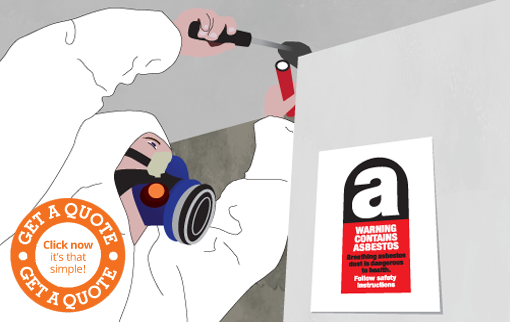Offices Nationwide

Air Testing & Leakage
We have a checklist you can download for Air Leakage Testing. If you follow our air tightness checklist, this will improve your likelihood to achieve a pass!

Good Hearing?
A typical person with good hearing can hear from about 20Hz to 20kHz (the audio bandwidth). A person's voice will usually range from 500Hz to 2kHz...more
Thermal Bridging And Airtightness
Enhanced Construction Details

Normanton - Commercial Asbestos Demolition Surveys - 01924 578 029
The office that covers this area is: Wakefield
Phone Number: 01924 578 029 Email: normanton@e2consultants.co.uk
Asbestos_Survey is sometimes referred to as Fire Risk Assessment, Fire Safety, Fire Risk Assessment, Fire Risk Assessment, Fire Risk Assessment.
What Is Asbestos?
Asbestos is a set of six naturally occurring silicate minerals mined from rocks and used commercially for their desirable physical properties. The trade and use of asbestos has been restricted or banned in many jurisdictions in Normanton.
There are 6 types of asbestos - but only 3 have been widely used in building materials: white (Chrysotile), brown (Amosite) and blue (Crocidolite). Strictly speaking blue is the most dangerous, followed by brown and then white.
What's Involved In An Asbestos Survey?
A refurbishment/demolition survey, formally a type 3 survey, will be, as the name suggests, more destruction than a management survey. This will involve a surveyor accessing areas where future work is to be undertaken by knocking through a wall or drilling into floor slabs. This is to ensure that when the property is destroyed or altered that the next team in won't risk tampering with asbestos themselves that could be damaging to their health.
For an asbestos management survey, formally a type 2 survey, one of our surveyors will take small samples of suspected asbestos from a property to be sent to a lab for testing. They will also note each room in the building and the materials used in its construction - any area unaccessible will be marked as such to indicate the possibility of asbestos.
Surveyor Qualifications
Our experienced asbestos team that covers Normanton are qualified asbestos management, refurbishment and demolition surveyors for industrial, commercial and domestic buildings. We can also undertake a Commercial EPC at the same time to provide you with a cost-effective package deal where needed.
All of our surveyors are holders of the BOHS (British Occupational Hygiene Society) P402 qualification - the statutory proficiency certificate in 'Building Surveys and Bulk Sampling for Asbestos'. E2 Consultants have a professional and friendly approach and our surveying team are here to help. We will work with you to create a cost-effective method and approach to your situation, to speak to one our consultants call now on 0800 043 8100 or send your query to Asbestos-Survey@e2consultants.co.uk.
Where Can Asbestos Be Found?
- Toilet cisterns can contain asbestos-reinforced resin materials
- Insulation in floor and wall cavities, lofts and insulating boards
- Artex or similar decorative / textures coating on ceilings and sometimes walls
- External / internal wall panelling particularly around windows
- Water tanks can be made from asbestos cement and is often found in pre-1980 houses
- Flash Guards on fuse wires and panelling behind fuse boxes
- Sprayed fire insulation
- Floor tiles, mastics and sealants
- Pipe works, boilers, ducts and heat exchanges
Asbestos Legislation
A risk assessment must be undertaking by employeers for employees when work is likely to involve asbestos. This should include a plan of how the work is to be carried out as well as outline, and provide solutions to, any asbestos-related issues that may occur. All information must be kept up-to-date and available to anyone who may work or disturb the asbestos containing material (ACM).
Under the Control of Asbestos Regulations 2012, it's the duty of the site owner of a commercial premise to identify and manage asbestos in and around the property.
Our other services include:
Commercial Asbestos Demolition Surveys can also be known as:
Commercial Asbestos Management Survey, Commercial P402R Asbestos Survey, Commercial P402 Asbestos Survey, P402R Asbestos Survey, Asbestos Demolition Survey, Asbestos Survey, Commercial Asbestos Survey, Asbestos Refurbishment Survey, Commercial Asbestos Refurbishment Survey, Asbestos Management Survey, P402 Asbestos Survey,


Copyright 2025 E2 Specialist Consultants Limited
Company No. 06728970








































